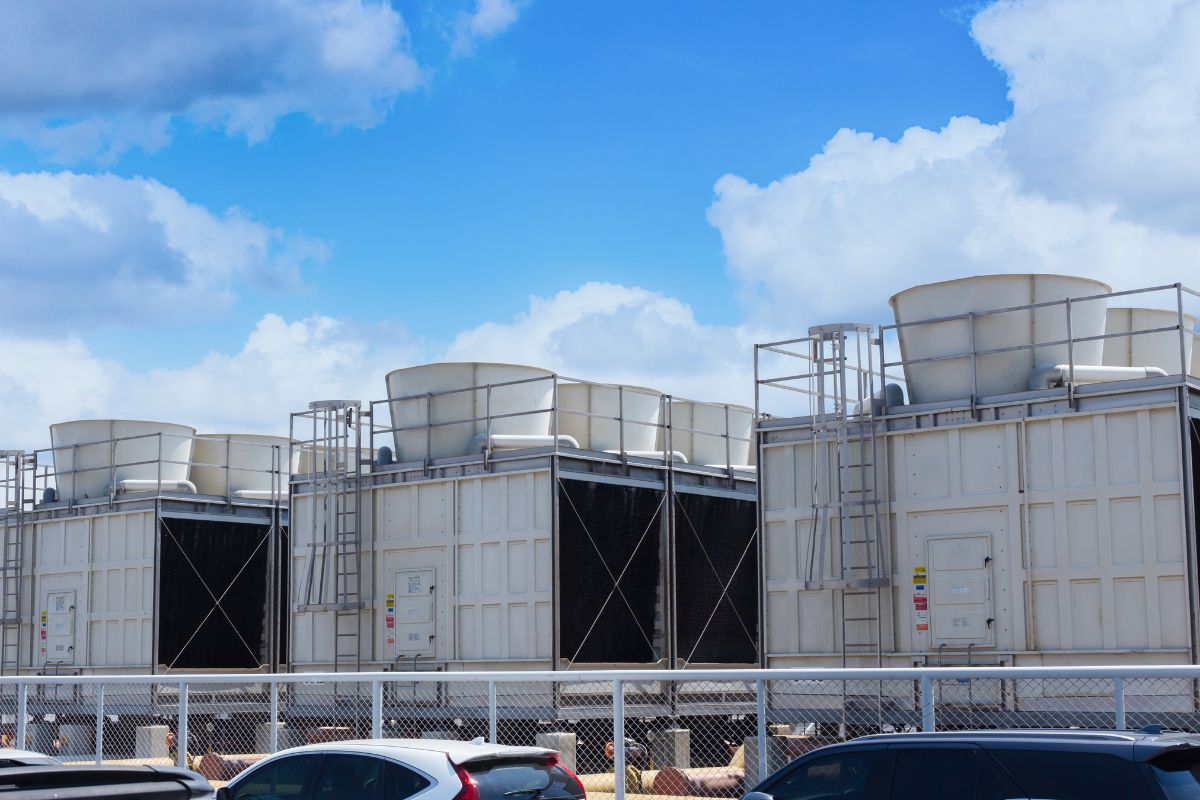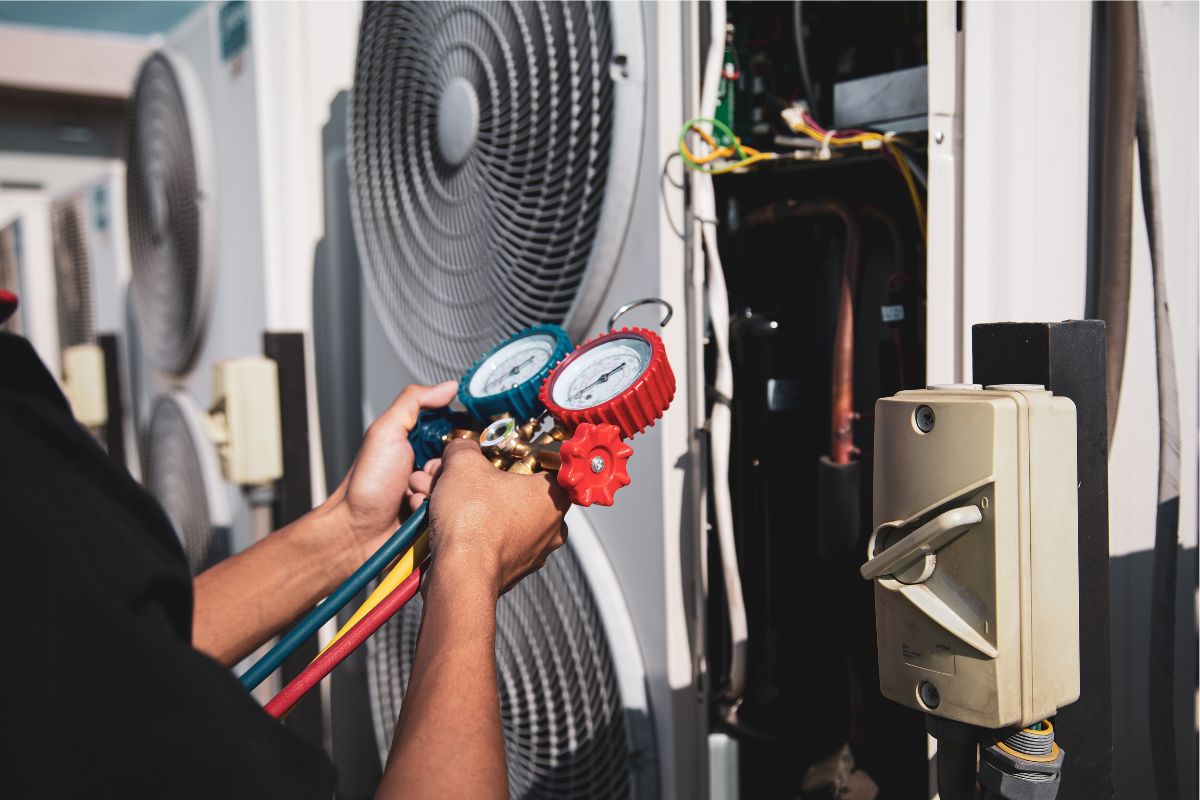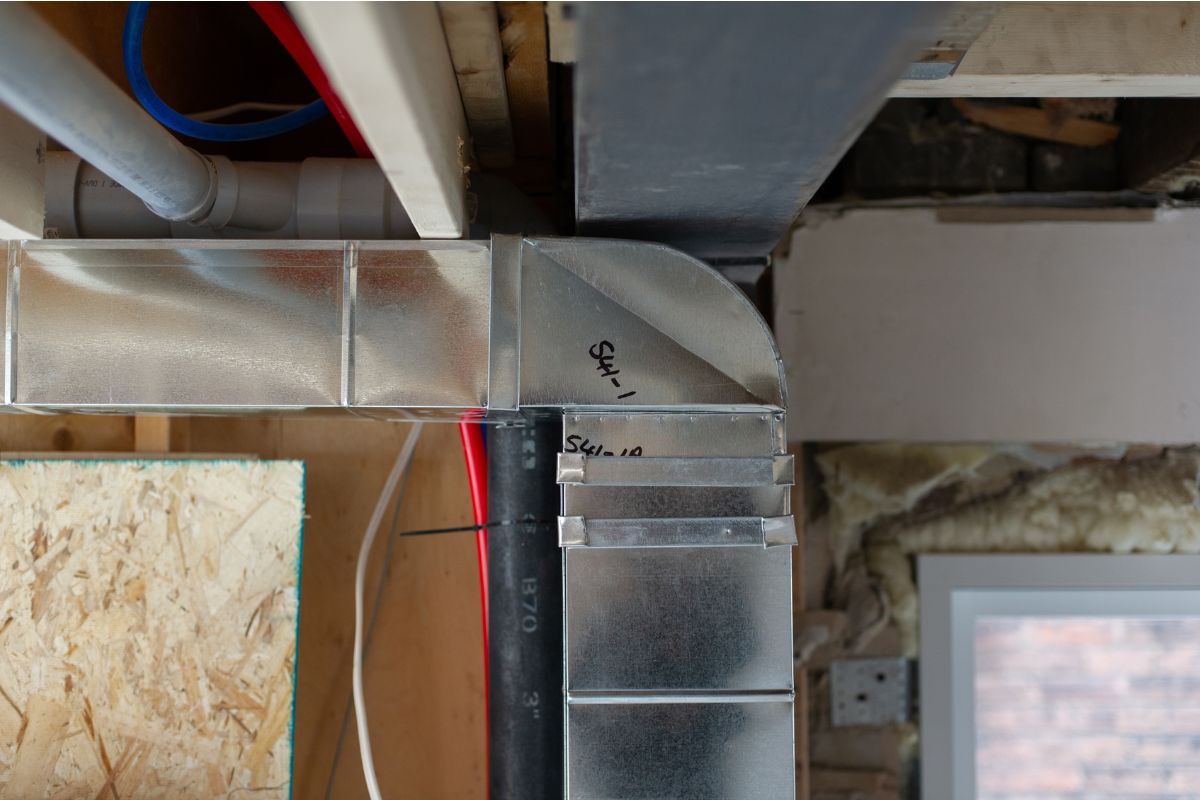How to Winterize Your Commercial HVAC system
With October nearly behind us, it’s the time of year to begin setting plans for winterizing your commercial HVAC system. Temperature transitions can take a toll on your HVAC system throughout the year, and it’s important to also incorporate maintenance checks with each inspection.
Next month, we’ll see shorter, grayer days as the transition to winter continues, and New York temperatures can drop by over 15 degrees. So, before the weather really gets cold, ensure the comfort and warmth of your building by taking appropriate measures to winterize your commercial HVAC system. Below are three essential steps to take, but you should remember to consult a trusted HVAC contractor for further maintenance measures and quality checks.
Inspect the Heating System and Vents
One of the most important steps in your fall inspection of your commercial HVAC unit is ensuring proper operation of the heating vents. Dangerous gases such as carbon dioxide can escape from damaged equipment, so it’s important to check for any cracks or defects with the unit’s heat exchangers.
Finally, be sure to check any safety settings before inspecting the unit’s burners, ensuring a clean burn.
Change Your Air Filters
It’s critical to the health and performance of your commercial HVAC system to monitor air filters year-round. Your fall inspection is a convenient opportunity to ensure your air filters are free from any obstructions and are producing a clean air flow throughout your building.
If it’s been more than a year that you’ve replaced your air filter, it’s imperative that you change them before the winter months.
Insulate Exposed Pipes and Seal Vent Gaps
If your commercial HVAC unit is located in an outdoor area, the cooler temperatures may cause any exposed pipes or other unit parts to become vulnerable to cracking. To prevent possible damage, add insulation and/or other coverings to the exposed parts of your unit.
Additionally, check for any gaps in your heating and cooling vents. Doing so will help reduce the discomfort that comes with drafts in the fall and winter months.
For more information on ways to get a head-start on winterizing your HVAC system for the best possible performance this fall and the winter months beyond, contact us today.



